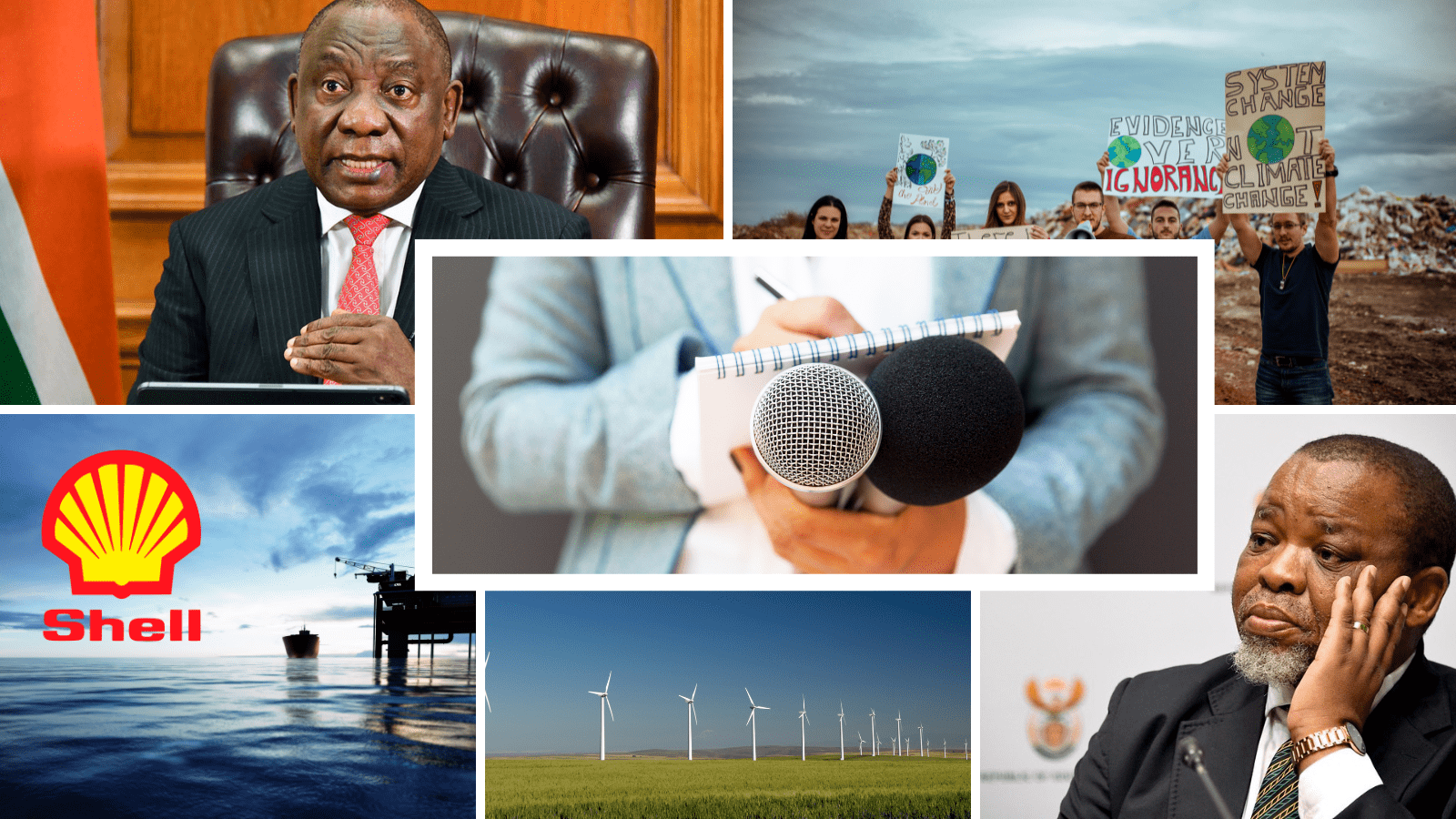Pope Francis’s death on Easter Monday at the age of 88 has sent shockwaves through the Catholic world and beyond. Following a stroke and irreversible heart failure, the beloved pontiff passed away after a 12-year reign that redefined the papacy.
His funeral was held this past Saturday in front of St Peter’s Basilica, where over 250,000 mourners – including world leaders like US President Donald Trump, France’s Emmanuel Macron, and the UK’s Sir Keir Starmer – gathered to pay their respects. True to form, Francis had requested a simple ceremony and a plain wooden coffin. Unlike his predecessors, he chose not to be buried under the Vatican but rather at the Basilica of St Mary Major in Rome.
Now that the mourning period is underway, the focus has turned to what comes next – the election of the 267th pope.
What happens when a pope dies?
The period following a pope’s death is known as sede vacante – Latin for “the seat is vacant.” Until a new pope is chosen, the day-to-day management of the Vatican falls to the camerlengo – currently Irish-American Cardinal Kevin Farrell.
His duties included officially confirming Francis’s death, destroying the papal ring and seal to symbolise the end of the papacy, and sealing the late pope’s residence. Farrell also oversees preparations for the conclave, the secretive process by which the next pope is elected.
How does the conclave work?
The conclave will begin on 7 May, 16 days after Francis’s death. It takes place in the Sistine Chapel, where 135 cardinals under the age of 80 – known as cardinal electors – will gather to cast their votes in complete isolation.
There are currently 252 cardinals. However, only those under 80 are eligible to vote.
The cardinals swear an oath of secrecy and are cut off from all external communication: no phones, no internet, no newspapers. Most will stay at Casa Santa Marta, a Pope-style guesthouse within Vatican City.
There is one round of voting on the first afternoon of the conclave. After that, the cardinals may vote up to four times a day in a secret ballot. This process will continue until the candidate has secured enough support to become pope. A candidate needs a two-thirds majority (90 votes) to be elected pope.
After each round of voting, the ballots are burned on a stove inside the Sistine Chapel. Black smoke rising from the chapel chimney means no decision has been made; white smoke signals that a new pope has been chosen.
Who are the frontrunners?
There is no single obvious successor, but several names are already generating buzz:
- Cardinal Pietro Parolin (Italy) – As Francis’s Secretary of State, Parolin is a Vatican veteran and skilled diplomat. He is seen by some as a moderate “continuity candidate” because of his close relationship with Francis.
- Cardinal Luis Antonio Tagle (Philippines) – Often referred to as the “Asian Francis,” Tagle is a strong contender to continue Francis’s progressive agenda. Tagle has also suggested that the Catholic church’s stance on gay and divorced couples is too harsh.
- Cardinal Peter Turkson (Ghana) – A respected voice from Africa who has long been considered a papabile (potential pope). He is known for his work on economic justice and advocating for human rights and against corruption.
- Cardinal Fridolin Ambongo (DR Congo) – A strong moral leader and peace advocate in Africa, Ambongo could also represent a major geographical and symbolic shift for the papacy.
Interestingly, 108 of the 135 voting cardinals were appointed by Francis – meaning they may favour a pope who builds on his legacy. Still, experts warn that papal elections are notoriously unpredictable.
Why does this election matter?
The pope is not only the spiritual leader of the Catholic Church but also a key global figure in diplomacy, humanitarianism, and moral discourse. Whoever succeeds Francis will inherit a Church facing serious challenges: ongoing sexual abuse scandals, declining church attendance in the West, and internal tensions over issues like LGBTQ+ inclusion, women’s roles, and Church governance.
The cardinals must decide whether to double down on Francis’s reformist approach or chart a more conservative course.
When will we know who the new pope is?
Once a candidate accepts the election with a simple “Accepto”, he chooses a new name and is dressed in papal white. Soon after, he appears on the balcony above St Peter’s Square to deliver his first Urbi et Orbi blessing. The announcement is made with the famous Latin phrase: “Habemus Papam” – We have a pope.
Until then, all eyes will be on the Sistine Chapel’s chimney – and the suspenseful wait for white smoke.
Emma is a freshly graduated Journalist from Stellenbosch University, who also holds an Honours in history. She joined the explain team, eager to provide thorough and truthful information and connect with her generation.
- Emma Solomon
- Emma Solomon




